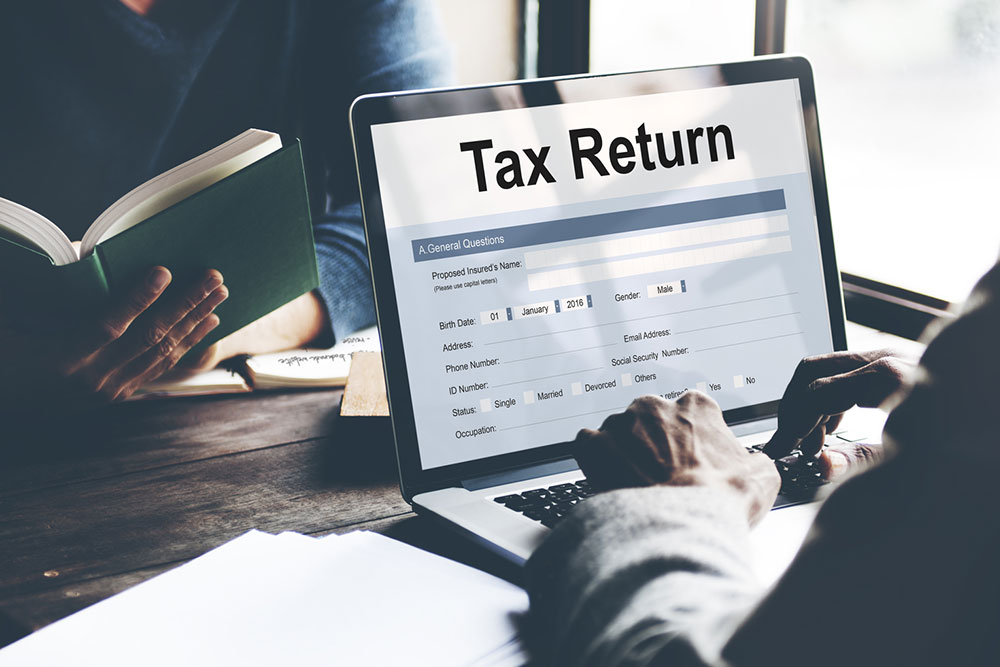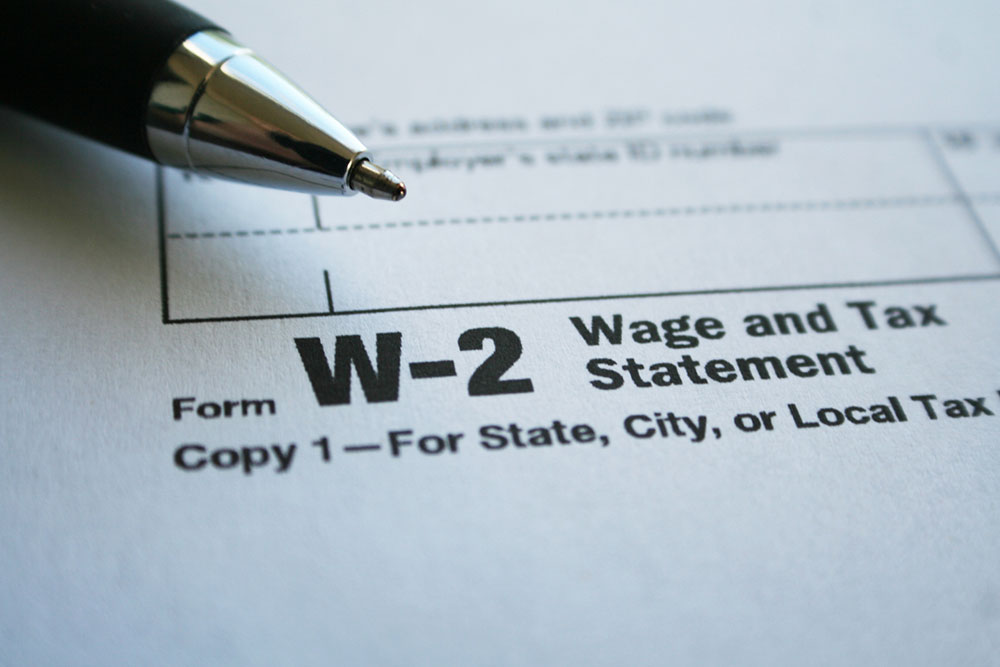Comprehensive Guide to IRS Form W-2: What Employers and Employees Need to Know
This comprehensive guide explains everything employers and employees need to know about IRS Form W-2, including how to fill it out correctly, submission deadlines, penalties for non-compliance, and key differences between W-2 and W-4. Learn best practices for accurate reporting and timely filing to ensure tax compliance and avoid penalties. The article emphasizes the importance of transparency, record keeping, and the benefits of electronic filing options for businesses of all sizes.

Understanding IRS Form W-2: An In-Depth Explanation for Employers and Employees
IRS Form W-2 is a critical document in the U.S. tax system that plays a fundamental role in accurately reporting income and tax withholdings. For employers, it serves as a record of employee wages, tips, and taxes withheld, which must be reported annually to the IRS. For employees, the W-2 provides a detailed summary of earnings and taxes paid, serving as a key document when filing federal and state income tax returns. Ensuring the accuracy and timely submission of this form is essential for legal compliance, avoiding penalties, and ensuring smooth tax processes.
How to Properly Complete a W-2 Form: Employers are responsible for collecting detailed information from each employee, including Social Security Number (SSN), full name, home address, marital status, and details about tips, wages, overtime, and other compensation. Additionally, it requires reporting of employer contributions to benefit plans like health insurance premiums, retirement contributions such as 401(k), and other benefits. Accurate reporting of this data is vital, as it directly influences the preparation of related tax documents like Form W-3 (Transmittal of Wage and Tax Statements) and quarterly filings such as Form 941. Many small and large businesses now leverage electronic filing systems, which allow for free or low-cost submission, especially critical for companies with over 100 employees.
Key Submission Tips for Employers: To ensure compliance and avoid penalties, Employers should double-check all entries, including SSNs, Employer Identification Numbers (EIN), and addresses. It's also important to gather supporting documentation such as marriage certificates, divorce decrees, or changes in family status, which can influence withholding amounts. Keeping payroll information updated for any changes in employee names, addresses, or exemptions throughout the year helps prevent errors. Employers should file W-2 forms well before the deadline—usually January 31—so that there is enough time to correct any mistakes before the submission cutoff date. Early filing also helps employees receive their W-2s promptly for tax filing purposes.
Consequences of Non-Compliance and Penalties: While employees are not penalized for late receipt of their W-2 forms, employers who miss the filing deadlines or submit inaccurate information face severe penalties. These include fines ranging from $75 to over $500 per form, with cumulative penalties increasing for repeated violations. In extreme cases, continued non-compliance can lead to audits, legal action, and even criminal charges. Additionally, penalties for incorrect filings or missing forms can also accrue interest on unpaid taxes, further increasing costs. For businesses, these penalties can significantly impact operational budgets and reputation, making timely and accurate submissions a top priority.
Understanding the Difference Between W-2 and W-4 Forms: Many confuse the W-2 with the W-4, but these serve distinct purposes. The W-2, prepared by employers, reports an employee’s total wages, tips, and taxes withheld over the course of a year. Conversely, the W-4 is an employee’s self-completed form filed at the start of employment, used to determine the amount of tax to withhold from each paycheck. Employees can update their W-4 anytime during employment to adjust withholding based on life changes, such as marriage, divorce, or new dependents. Both forms are essential for proper tax planning: the W-2 for annual reporting and the W-4 for payroll withholding.
Employees can conveniently access and download their W-2 forms online through employer portals or IRS services, making tax filing easier and more efficient. Employers should ensure that these forms are provided to employees promptly, ideally by January 31, to support accurate and timely tax submissions. Maintaining precise records and adhering to IRS deadlines is not only a legal obligation but also a best practice to avoid unnecessary penalties and to foster trust with employees.
In summary, mastering the process of preparing, submitting, and managing W-2 forms benefits both employers and employees. It ensures legal compliance, promotes transparency, and simplifies the tax filing process for everyone involved. Employers who prioritize accuracy and timeliness will build credibility and avoid costly penalties, while employees benefit from receiving correct documentation in good time to file their taxes efficiently.




